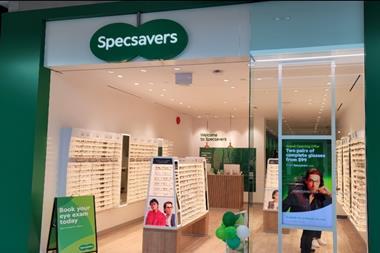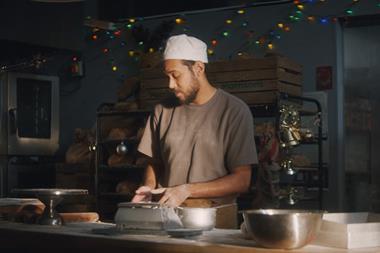The great dotcom bubble was based on ‘get large or get lost’, start-ups buying market share to get growth and then IPO-ing even if they had never made a profit. So is history repeating itself? Only time will tell.
“History repeats itself, first as tragedy, second as farce,” wrote Karl Marx.
He wasn’t talking about Ocado’s proposed IPO at the time, but he certainly was familiar with grocery home delivery, as delivery boys on bikes were a common site in 19th century Britain. Two centuries on and grocery home delivery is back as the exciting new development in retail.
Verdict believes that last year the grocery home delivery sector reached £5.3bn, but that growth is slowing. After several years of 30%-odd growth, the increase was only 14%. So this is an expanding market, but not one that will necessarily remain for ever in stellar growth.
Ocado’s £427m gross sales last year suggests a market share of about 7.5%, adjusting for VAT. That means that there are some pretty large elephants in this particular room, mainly Tesco and Sainsbury’s, with very strong store and online market shares.
Tesco has total UK sales of £39bn and Sainsbury’s £20bn. You have to admire what Ocado is trying to do, but for it to succeed it has to overcome enormous scale disadvantages. Admittedly it gains from buying via Waitrose with its £4bn turnover, but if scale means anything in food retailing, Ocado looks like a rounding error.
The management team doesn’t lack confidence. They claim to have a “unique, attractive business model with structural advantages over traditional grocery retailers”. This is because they don’t have the costs of running stores and regional distribution centres.
Obviously not having stores saves costs, but the reason these ‘traditional’ grocers have stores is that they make money running them. They are not cost centres but profit centres.
By the way, if having one national distribution centre for everything really were more efficient than several regional ones, half of Warwickshire would now be concreted over by a massive Tesco distribution centre.
If and when Ocado becomes a scale operation, outgrowing its existing Hatfield distribution centre, it too will build another regional distribution centre. After all, where is the efficiency in driving a little delivery van from Hatfield to Penzance and back every day?
It has been widely reported that Ocado has never made a profit. Analysts seems to think that it will deliver about £20m to £25m EBITDA this year, all of which will probably be absorbed by depreciation.
While no doubt there are high hopes of big increases in EBITDA over the next few years, this expansion would need one or perhaps two new distribution centres, at a cost presumably of £100m or more each. This implies limited cash flow from this business, even if profitability flourishes… yet the press speculates on a £1bn valuation.
The great dotcom bubble was based on ‘get large or get lost’, start-ups buying market share to get growth and then IPO-ing even if they had never made a profit. So is history repeating itself? Only time will tell.
Simon Laffin independent retail adviser and non-executive director


























No comments yet